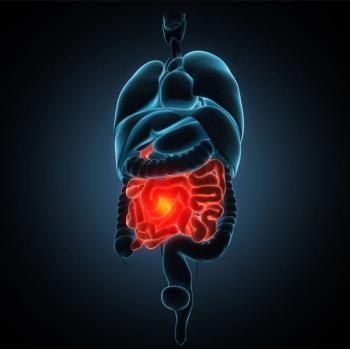
Most Beneficial Test for Worsened Constipation
Anorectal manometry would be most beneficial in testing the patient's internal and external anal sphincter function.
A 65-year-old multiparous woman presents complaining of having to spend up to 30 minutes on the commode with difficulty evacuating stool. The problem began with menopause and worsened after a hysterectomy 2 years ago. A routine screening colonoscopy 2 years earlier was unremarkable. Which of the following tests should be performed next?
A. Repeated colonoscopy
B. Anorectal manometry
C. MR defecography
D. Colonic transit study
Correct answer: B
Worsened constipation in this patient is likely the result of a defecatory disorder. This may be secondary to anal sphincter damage from previous deliveries and pelvic surgeries. Therefore, anorectal manometry would be most beneficial in testing her internal and external anal sphincter function. A repeated colonoscopy would have low yield, given a normal examination 2 years earlier. MR defecography may assist in evaluating the anorectal angle on defecation; however, its use is generally limited to the evaluation of constipation. Finally, a colonic transit study with Sitz markers may assist in determining whether the constipation is secondary to slow transit. However, the clinical history in this patient suggests an outlet disorder.
Newsletter
Enhance your clinical practice with the Patient Care newsletter, offering the latest evidence-based guidelines, diagnostic insights, and treatment strategies for primary care physicians.

































































































































































































































































































































